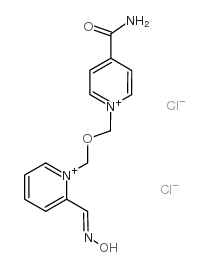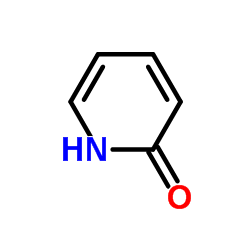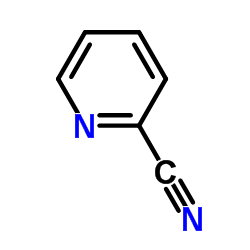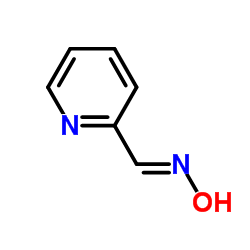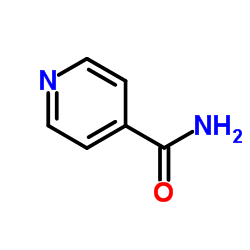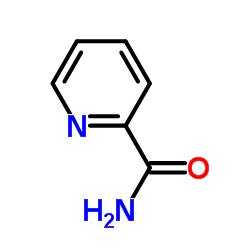34433-31-3
| Name | asoxime chloride |
|---|---|
| Synonyms |
Pralidoxime
hi-6dichloride hj6 hi6 HI 6 Chloride |
| Description | Asoxime dichloride (HI-6) is an antagonist to acetylcholine receptors (AChRs) including the nicotinic receptor, α7 nAChR. Asoxime dichloride involves in modulating immunity response. Asoxime dichloride (HI-6) can be used as an antigen and improves vaccination efficacy in the nervous system[1]. |
|---|---|
| Related Catalog | |
| Target |
IC50: acetylcholine receptors (AChRs)[1] |
| In Vivo | Asoxime dichloride (intramuscular injection into the rear limb; 2% and 0.2% of median lethal dose 15.6 and 1.56 mg/kg; 21 or 65 days) significantly improved vaccination efficacy as a dose-dependent manner when KLH is 1 mg/kg. A combination of HI-6 and keyhole limpet hemocyanin (KLH) produces a vaccination of almost the same efficacy as that for Freund's complete adjuvant[1]. Animal Model: Balb/c mice[1] Dosage: 2% and 0.2% of median lethal dose 15.6 and 1.56mg/kg Administration: Intramuscular injection into the rear limb Result: Improved vaccination efficacy at the level of immunity regulation by the nervous system. |
| References |
| Melting Point | 145-147ºC |
|---|---|
| Molecular Formula | C14H16Cl2N4O3 |
| Molecular Weight | 359.20800 |
| Exact Mass | 358.06000 |
| PSA | 92.67000 |
| Storage condition | 20°C |
CHEMICAL IDENTIFICATION
HEALTH HAZARD DATAACUTE TOXICITY DATA
MUTATION DATA
|
| RIDADR | NONH for all modes of transport |
|---|
